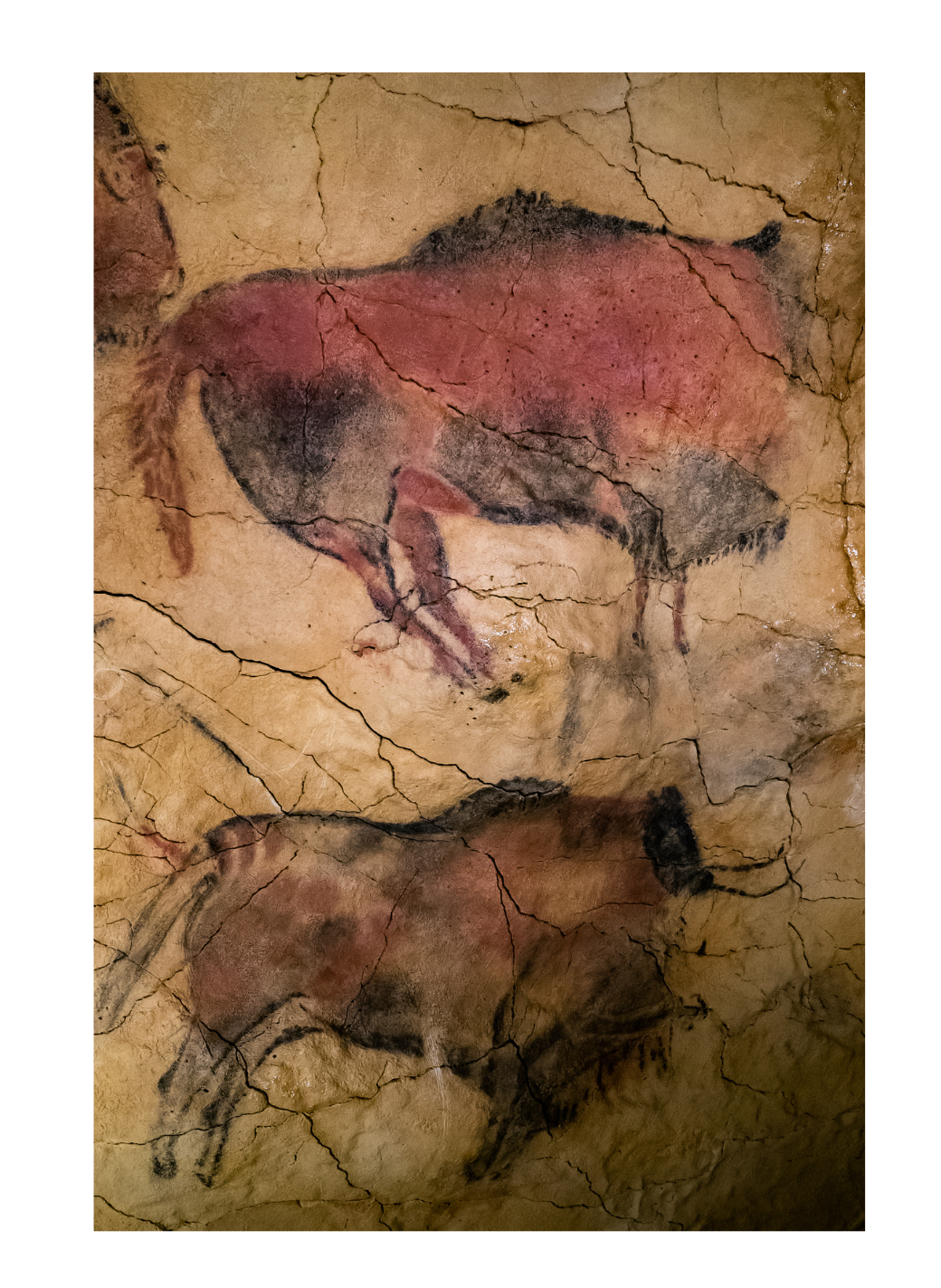September 28, 2023
By Michael Collins, Teravana
Art can ask us to read between the lines. An image of downtown New York and a wheatfield at the foot of skyscrapers might look one way but might make us think another. For this reason, environmental art is one of the most effective methods of environmental activism.
It is hard to declare environmental art a movement only happening in recent times. In fact, the words environment and art have always been around and used in the same sentence.
However, according to Artland Magazine, environmental art began in the 1960s when artists took their work outside of studios and looked for meaning beyond commodity-based art towards an awareness of the power of change. This shows the connection between art, the environment, and activism.
Some artists today see themselves as both environmentalists and artists. The intention of their work may be to see nature in a different way without changing what is already there. It may be to get us to think about the elements and to take humans out of the equation. For many young artists, who have a passion for both, their work is a way to paint the picture and add momentum to what’s happening. Because environmentalism is a movement constantly evolving, painters, sculptors, photographers, and others can find collaborators and allies in places beyond the traditional art world.
It can be argued that environmental art has very early beginnings, going back to the Paleolithic cave paintings of our ancestors. Their paintings stress a strong connection between humans and nature. Many of these caves, going back 20,000 years, show careful drawings of animals. It could be that the images of animals, and few of themselves, show a reverence for their neighbors and the land they shared.
Another time when artists were drawn to nature was during the Industrial Revolution. Beginning around the late 18th century, the relationship between humans and nature began to change. In cities of Europe and America, the backdrop of chimneys and smokestacks took their place on the horizon and on the canvas.
Scientists refer to that time and up to today as the Anthropocene. This is considered a period when humans “are having a greater impact on the environment than any natural process” (ScienceMuseum.org). Many artists and writers depicted how the industrial machine disconnected humanity from the natural world and created unsafe work environments. Large sectors of society shifted away from the pastoral and more towards the industrialized city. Art reflected this change.
There is a thread running through history that ties art to the environment in more ways than climate. Looking through this lens—ancient art on cave walls, a coal crisis before climate, and today’s environmental art—nature has always been an inspiration for artists. Maybe art will lead us out of this current rendition and on to the next one.

REFERENCES
“Changing Landscapes: Art About the Environment.” Science Museum.com. 9 August 2021.
https://www.sciencemuseum.org.uk/objects-and-stories/our-environment/art-and-environment
Ehrenreich, Barbara. “‘Humans were not centre stage’: how ancient cave art puts in our place: In our self-obsessed age, the anonymous, mysterious cave art of our ancient ancestors is exhilarating.” The Guardian.com. 12 December 2019.
Hencz, Adam. “Environmental Art: Changing Our Habits Or Just Illustrating What We Already Know?” Artland Magazine.com.
https://magazine.artland.com/environmental-art-changing-our-habits-or-just-illustrating-what-we-already-know/
Phillips, Renee. “What is Environmental Art?” The Healing Power of Art & Artists. Manhattan Arts International, NYC, NY.
https://www.healing-power-of-art.org/what-is-environmental-art/#:~:text=The%20origins%20of%20this%20movement,cave%20paintings%20of%20our%20ancestors
“Summary of Environmental Art.” The Art Story.org.